Becoming a GRVLR
“Give a cyclist a route and they will ride for a day; teach them how to chart their course and they will adventure for a lifetime.” –Jeremiah Bishop
Great gravel riding is like a treasure hunt. There’s exploration and unknowns. If you set out unprepared, there’s a great chance you’ll walk through cow patties, get chased by junkyard dogs, or have to turn around where the road dead-ends.
It would be rad if there were more well-established gravel routes, but the hunt itself can be rewarding and a big part of the fun. Just like treasure hunts, you’ll have maps, but you must know how to use them.
Where to start?

Step One: Research
Many widely available mapping resources, like Google Maps, simply show what is passable to cellphone-wielding suburbanites in 4,000-pound SUVs. You have to dig deeper when you’re looking for less-traveled, more-graveled routes.
A few of my favorite tools are:
Gaia GPS
Gaia GPS has a great mobile app with offline capability that is impressive with many layers.
Ride With GPS
Ride With GPS is good for route building and on the fly navigation that even has audio cues for turns.
Strava
Strava does a poor job of differentiating road surfaces, but the heat map feature is awesome for exploring and proving a connector is passable or at least tolerable enough that others have tried it often.
Gravel Map
Gravel Map is catching on and worth checking out though its data is scarce outside of well-documented areas.
Some additional resources that I've found useful:
Gravel road layers on state DOT sites like this Virginia Unpaved Roads are rare but awesome tools.
My favorite new find is the National Forest Interactive Visitor Map. This map indicates management type and service levels; insight that helps you determine if a road you’re eyeing is abandoned or actively maintained.

Now that you have some great maps, here are some of my route-building tips:
When charting into the unknown, don’t get too ambitious. Be prepared for some surprises like washed-out bridges, barbed-wire fences, and the occasional sign warning “My Doberman can make it to the fence in 9.6 seconds. Can you?”
Don’t let a hunch fool you. If you think you’ve discovered a cool connector, ask yourself some questions. Does the satellite imagery look promising? Does a quick check of the heat map show that others have made it through on foot or by bike? If the answers are “no,” your chances are slim. It’s worth scouting this route during a shorter recon ride, than depending on it for success in a 6-hour adventure.
Ask around. Has anyone else ridden it? Ask some friends or locals to the area. You’ll often be pleasantly surprised and treated to even more insight than you asked for. Unlike fishing, folks are often happy to share their secret gravel spots with you when you ask.
Be creative. Look for abandoned golf courses, roads that have bridges out, or even power line tracts with neat service paths.
Piecing together amazing roads and discovering unknown connectors takes some practice, but it pays off. Keep trying, and you will score that amazing gravel find.
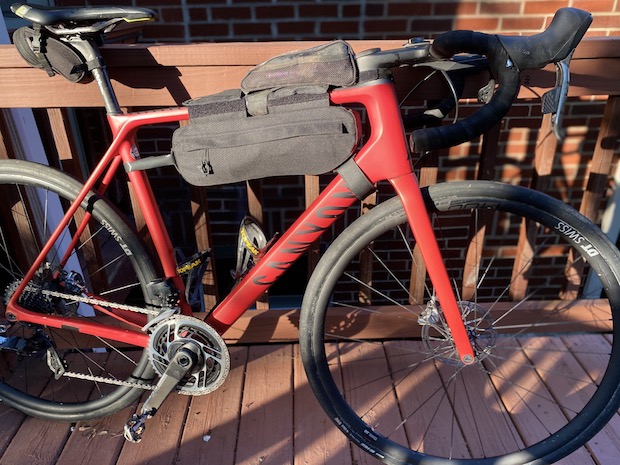
Step 2: Pick the Right Bike for the Job
Here is my bike lineup for gravel riding, listed in order to take on anything from rowdy rocky roads to smooth country lanes.
Exceed
The Exceed is built to handle abandoned mining roads, fast smooth singletrack, and every type of gravel road in between. Flat handle bars and a front shock means I’ll be ready for anything a Leadville 100-type course might throw my way. Best suited for adventure, the Exceed can be a little slower on the tarmac because of the big tires and upright position. I recommend the Maxxis Aspen 2.25 tires, ideal for their lower rolling resistance. I complete my setup with Ergon SM Pro Men Saddle and G1 Grips.
Grail
The Grail is built for the heart and soul of gravel riding. It’s a great all-around gravel bike. I like the Maxxis Rambler for my Grail since they have a bit of grip for sand but still roll fast. The Ergon SR Men Saddle is a handy upgrade too.
Endurace
The Endurace is my endurance road machine that is fast and capable with compact gearing, disk brakes, and clearance for 32c tires. It’s just as happy on fast group rides as country roads with a quick change in tire pressure. Setting your tires up tubeless is key for road bikes as you can run 20 PSI less getting a load more traction and flat resistance. I run Maxxis Refuse 32s with 65 PSI. The Ergon SR Men saddle rounds out my all-day set up for this bike.
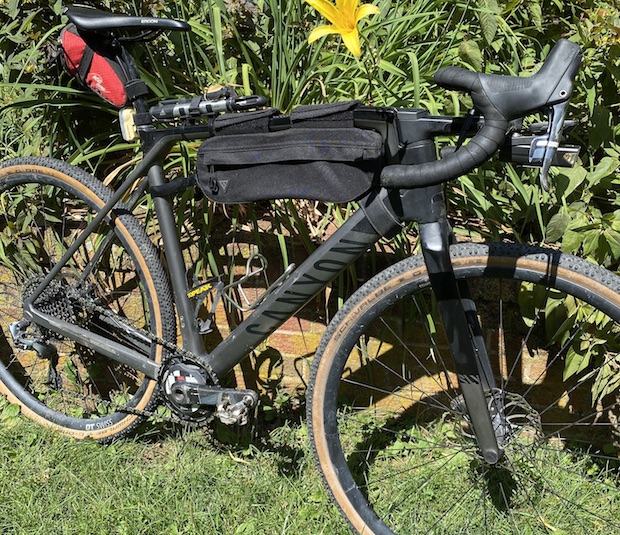
Finally, go prepared. When in doubt, bring more bike than you might need. Opt for the bigger bike if you’re going off of the Google roads grid. And don’t forget the back up battery, extra food, a water filter, lights, and a jacket in case you get lost.
Once you learn the tricks to mapping gravel, and sort out your equipment you’ll be rewarded with endless adventures as you increase your fitness and technique. Pick the right bike for the job and you can really add a lot of fun to your expanding network of killer routes and adventures.
All it takes is a little can do attitude and persistence but once you’re a GRVLR you have no limits!
Editor's Note: Jeremiah is a Canyon ambassador, and Canyon is a Slowtwitch Partner.



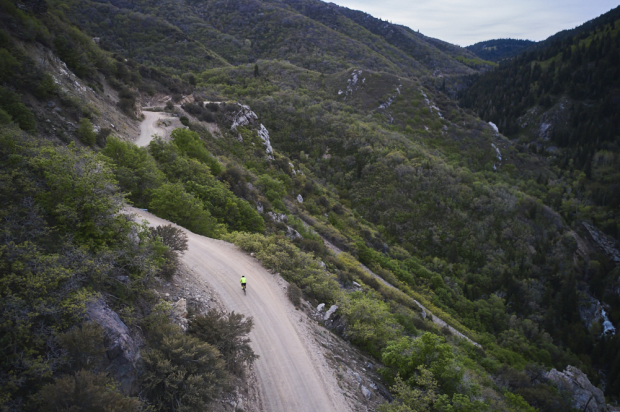
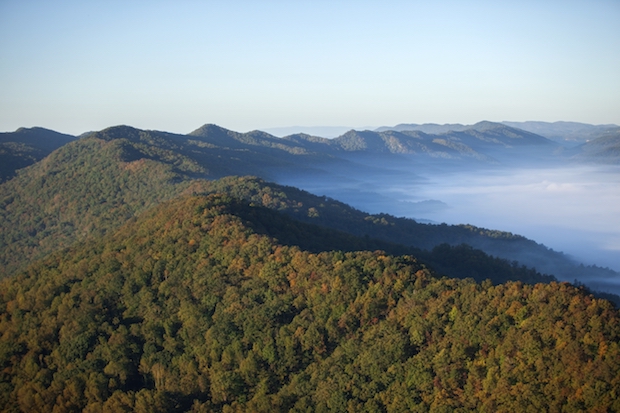
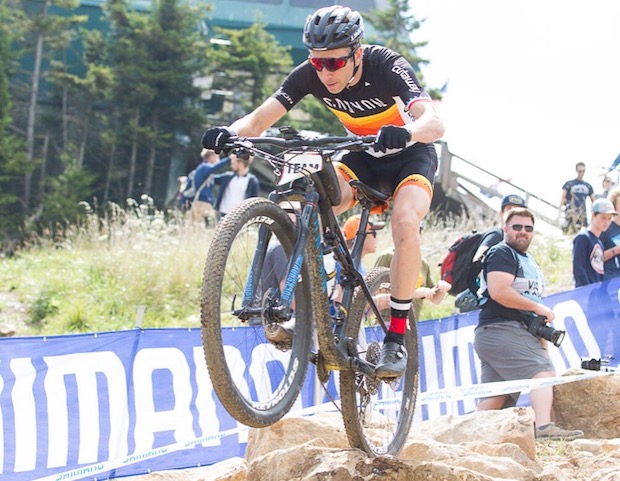

Start the discussion at forum.slowtwitch.com